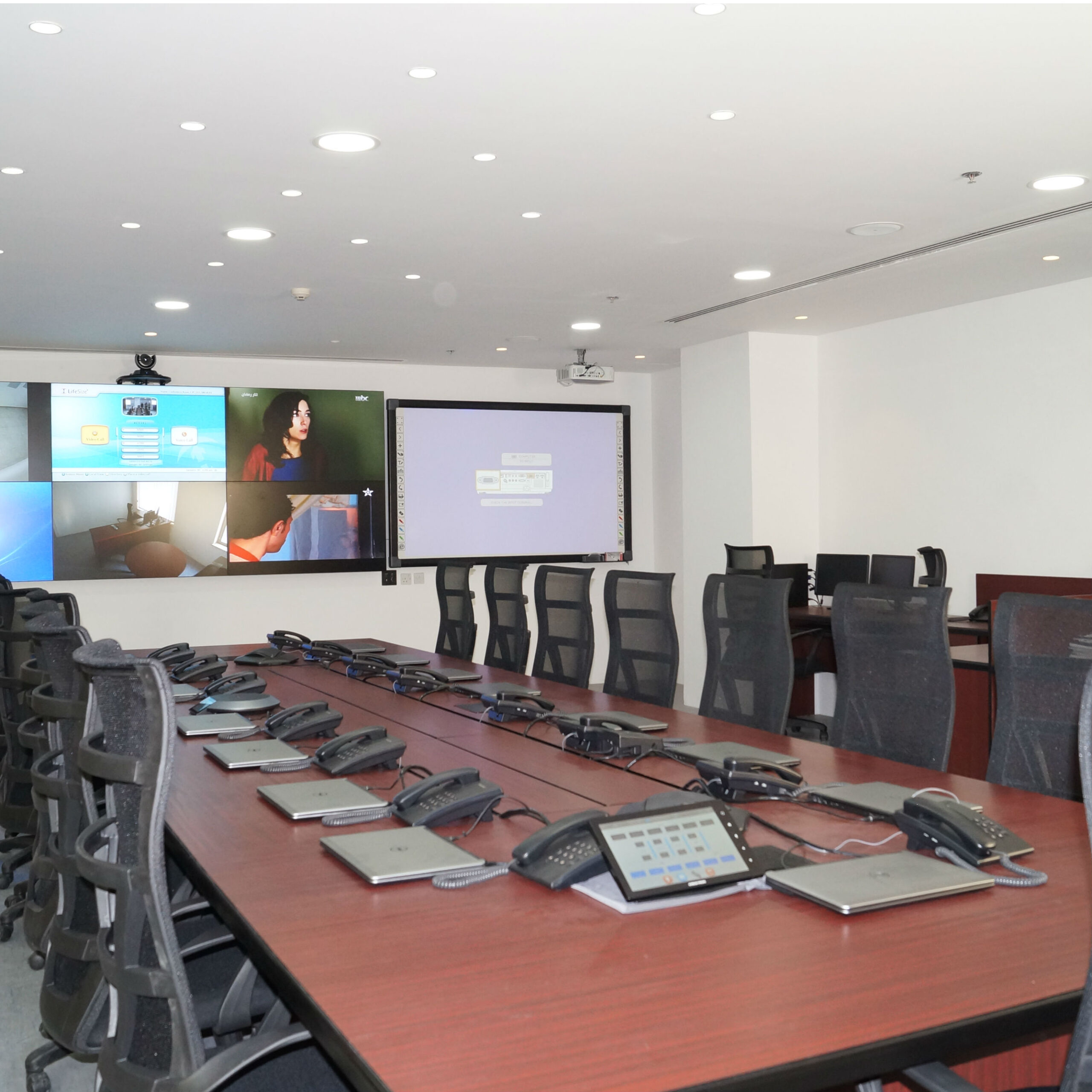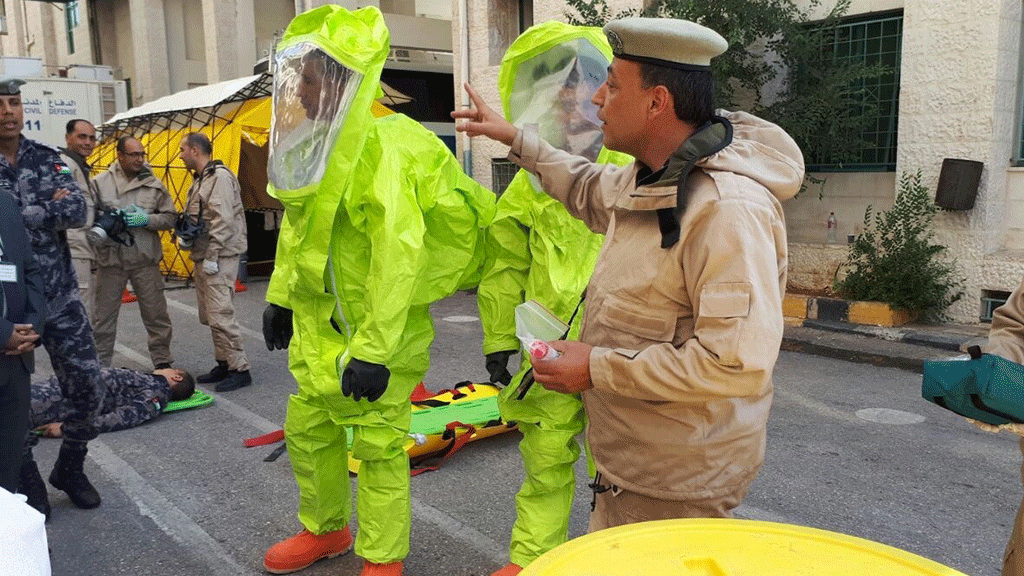The Importance of Emergency Operations Centers for Global Health Security

Global health is just that: Global. When it comes to detecting, preventing, and responding to global disease outbreaks, Jordan’s new emergency operation center will play a key role in supporting global health efforts in the Middle East and throughout the world.
Earlier this summer, I attended the inauguration of the newly renovated Emergency Operations Center at the Ministry of Health (MOH) of the Hashemite Kingdom of Jordan. This project was a collaboration between the MOH, the US Department of State’s Biosecurity Engagement Program, the US Centers for Disease Control and Prevention and CRDF Global.
The Emergency Operations Center at the MOH is a truly impressive facility. It consists of a large meeting table equipped with state of the art data management, video and teleconferencing capabilities, and smartboard technology, all supported by an uninterrupted power supply. When responding to a public health emergency, the EOC can coordinate its field offices throughout Jordan’s 15 governorates, while also serving as an important hub of communication and coordination between ministries, agencies and various other partners. In the U.S., civil defense organizations, FEMA, disaster relief organizations, and countless state, local and regional entities have chosen the EOC model for outbreak and disaster preparedness and response.
EOCs are a powerful tool for enabling response to emergencies, whether caused by natural disasters, disease outbreaks, or even deliberate attacks. There is a body of knowledge that exists around EOC operations and incident management and which is tailored to individual organizations and the challenges to which they will have to respond. A hidden strength of the EOC model is that it requires you to plan (and plan and plan). So an EOC serves not only as a mechanism for communication and decision making in the event of a crisis, but also as a venue to develop, validate and improve existing plans, and train personnel in response (through scenario based workshops and actual response situations). In addition to all that, EOCs are a great driver and example of international science collaboration.
Aside from streamlining communication, EOCs also enable efficient communication between countries for regional challenges, and between regions for global challenges. A great example of this was Nigeria’s response to last year’s Ebola outbreak in West Africa. To respond to the Ebola crisis, Nigeria mobilized an EOC that it set up as part of its polio eradication program in 2012. Many of the Ebola EOC staff, including the incident manager, were members of the National Polio EOC. Utilizing their experience on the polio program, Nigeria’s Ebola EOC coordinated across national and local government agencies, but also with international partners (Doctors Without Borders, the United Nations, the World Health Organization and the US Centers for Disease Control and Prevention). The Ebola outbreak in Nigeria was limited to just 20 cases and ability of the Nigeria Center for Disease Control to implement a rapid, domestically and internationally coordinated response was critical in containing Ebola in that country.
This is why the Global Health Security Agenda, an initiative involving cooperative development and implementation of health security action plans by 38 countries, includes establishment of EOCs as one of its 11 key strategies. Participating in the renovation of the Jordanian MOH’s EOC was motivating for me. I am proud of the joint effort of CRDF Global, the Jordanian MOH, BEP and the CDC. But I am even more excited at the example that the EOC provides. This is the science collaboration that the information age should be delivering. Specialists are finding each other when they need each other most. Issues that start locally can be addressed before they escalate. Decision makers facing new challenges in one corner of the world can effectively navigate through the sum of subject matter knowledge to connect with counterparts who can offer them solutions from a different corner of the world. This is what a knowledge-based and networked world looks like.



